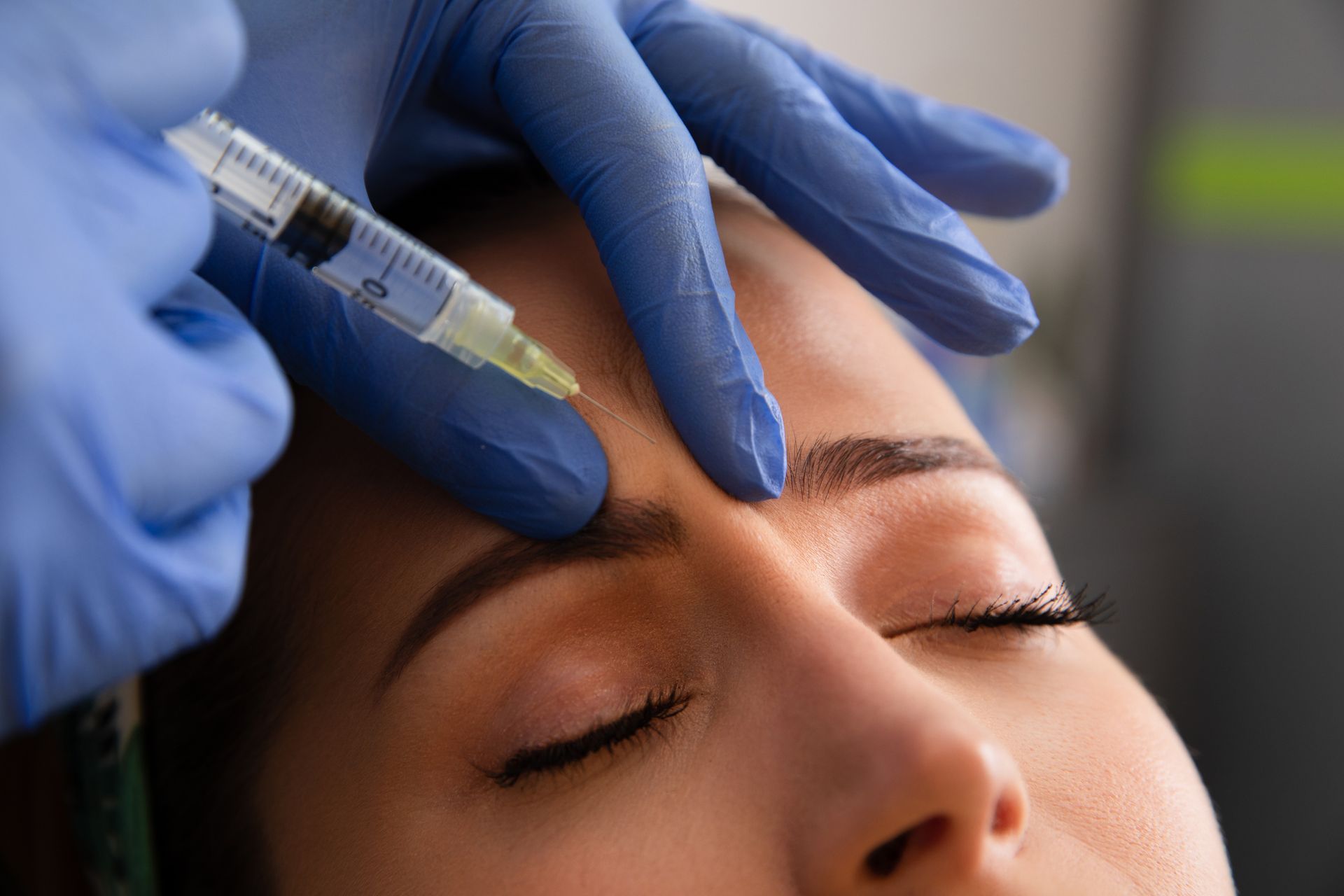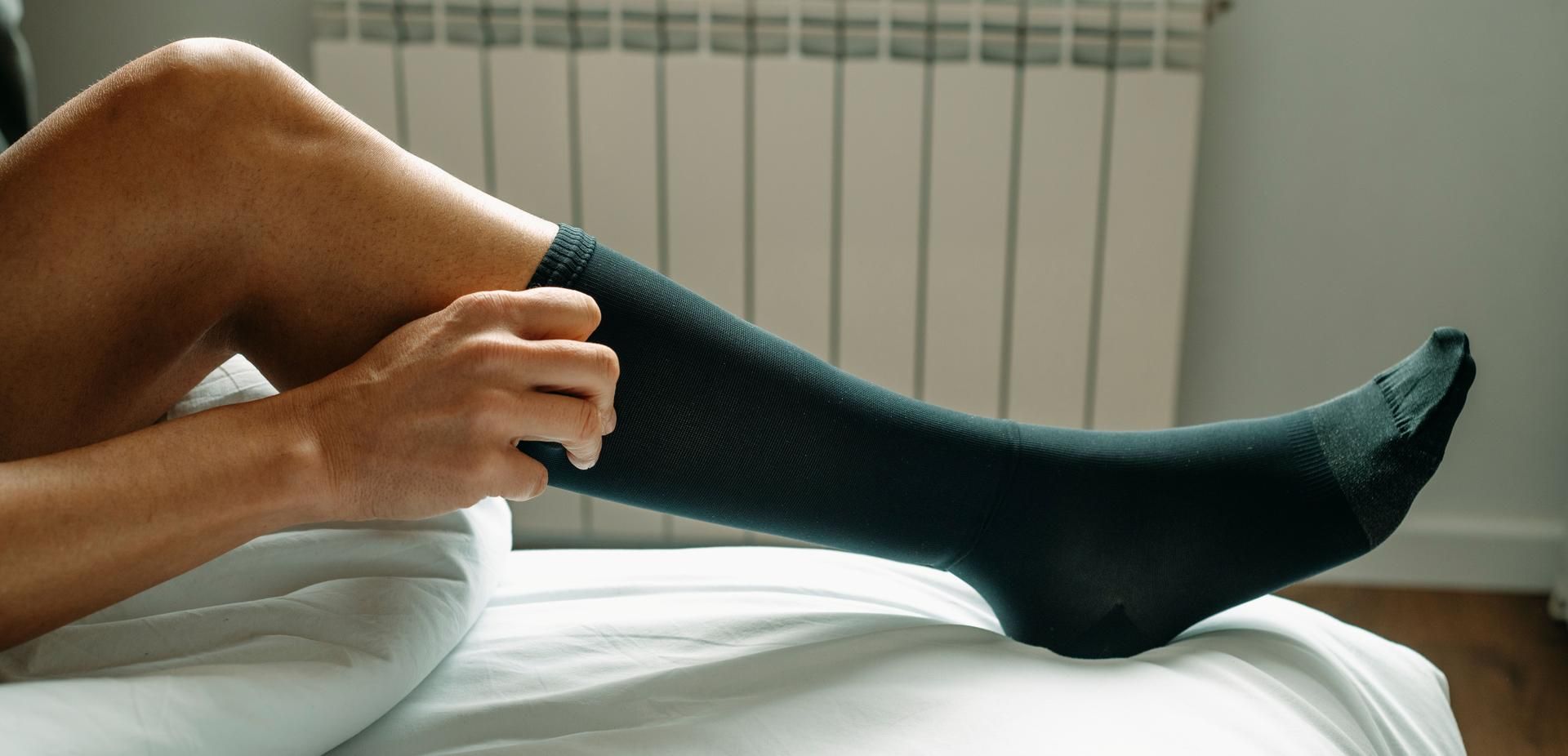Dermaplaning: A Guide

What is dermaplaning—and is it the right cosmetic skin care treatment to fit your needs? If you want smoother, more youthful skin, but aren't sure which aesthetic option is the best choice, take a look at what you need to know about dermaplaning.
Is Dermaplaning a Surgical Procedure?
Even though a dermatologist or other licensed medical practitioner can provide a dermaplaning service, this is not a surgical procedure. Dermaplaning is considered a minimally invasive treatment. This means the provider won't need to surgically cut your skin with a scalpel, you won't need sutures (stitches), and you won't need an operating room for the procedure.
Why Should You Choose Dermaplaning?
To better understand the reasons for choosing this procedure or the benefits of dermaplaning, first understand what this treatment is and how it affects the skin. Dermaplaning removes the top (outermost) layers of the facial skin. Even though the provider won't use a scalpel or surgical blade to cut through the skin, they will use this type of instrument to gently remove or shave away the outer layers of skin.
This is a different type of method and not a surgical incision. This means you won't require stitches afterwards. The provider will use either a manual approach (a handheld tool that they will move) or an electronic instrument. Instead of cutting down into the skin, the scalpel blade exfoliates the skin in a way that is similar to what you might experience with a dermabrasion or microdermabrasion procedure.
Like these procedures, dermaplaning can reduce the appearance of some fine lines, uneven textures or colors, and acne scars. It can also remove light, hairy peach fuzz from your face and eliminate dry skin.
Is Dermaplaning Painful?
Discomfort is a major concern with any cosmetic procedure. Again, the blade that removes the top layers of skin won't cut through your face. While you will feel the motion that gently sloughs or shaves away the skin, it isn't usually a painful procedure.
If you have sensitive skin or are nervous about the possibility of discomfort, talk to your provider about using a numbing spray or other local anesthetic. Patients who require deeper dermaplaning may want to discuss sedation options with their doctor. While general anesthesia isn't typical for this type of minimally invasive procedure, some patients may need an oral sedative to relax before their treatment.
What Do You Need To Know About Recovery?
Your skin will need time to heal after the procedure. Redness, swelling, tingling, burning, and minor discomfort are possible side effects you may experience in the days after a dermaplaning treatment. As the treatment area heals, you will notice new skin growth. This skin may have a pinker or darker appearance. Over time, this will fade and your skin tone will even out.
To reduce the risks of side effects and decrease healing time, always follow your medical provider's instructions. For example, avoid the sun after your dermaplaning procedure. The dermatologist or other provider may also instruct you to stop using certain topical medications, lotions, or creams (such as retinoids or exfoliators). These products can irritate the new, delicate skin and increase redness.
Will You Need Another Dermaplaning Treatment?
This procedure is not a permanent surgical treatment. But the effects are long-lasting. If you need another session, you will need to wait until your skin is fully healed.
Can You Combine Dermaplaning With Another Procedure?
The answer to this question depends on the other procedure, your aesthetic goals, and your overall health. Do not combine dermaplaning with any other treatment that removes skin or exfoliates or irritates the outermost layers of your face.
Do you want to learn more about dermaplaning or schedule a treatment? Contact the Pointe Vedra Vein Institute for more information.











